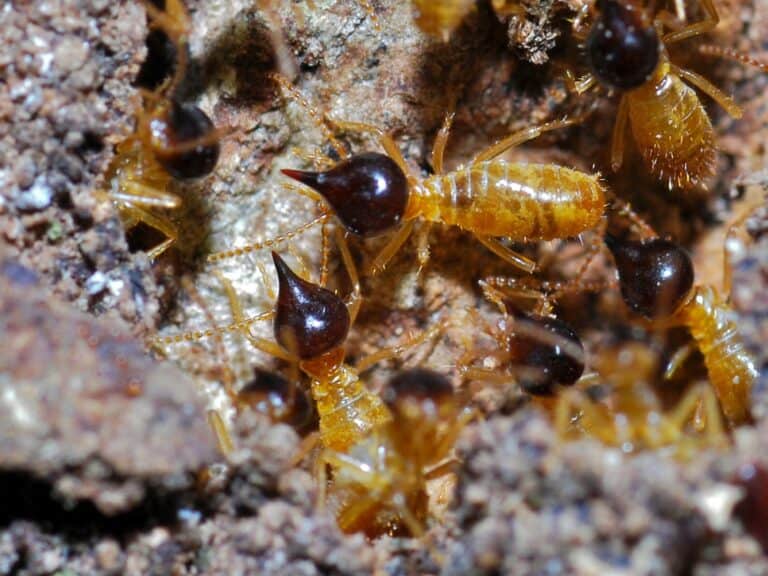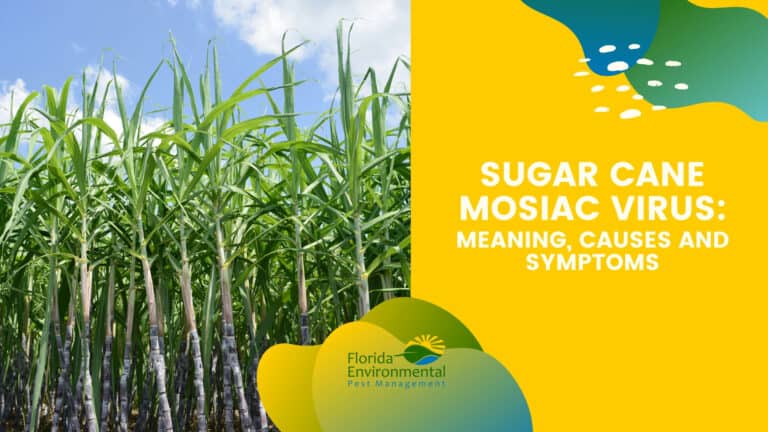The dark Southeastern subterranean termite is a subterranean termite that lives in mud tubes but can make its way into your home if not properly protected.

How to Identify a dark Southeastern Subterranean Termite
The dark Southeastern subterranean termite is ⅓” (one-third inch) long with a dark-brown color, which makes it easily mistaken for a regular ant.
The worker caste of this species has a cream-colored body and is tasked with maintaining the colony. The soldiers have bigger mandibles, as expected, and rectangular heads and are tasked with defending and protecting the colony. The winged termites, also known as the reproductive or termite swarmers, are tasked with expanding the colony.
What do dark Southeastern subterranean termites survive on
The dark Southeastern subterranean termite survives wherever there is a food source to cater for the family. Just like other subterranean species if your home has any form of wooden structure like furniture, trees, softwood plants, and others, these species make their way in.
They’re most commonly found in the East. Areas like North Carolina, Maryland, New Jersey, Virginia, Connecticut, and Rhodes Island.
Common signs of dark Southeastern Subterranean Termite Infestations
Below are a few signs that the dark Southeastern termites have made their way into your home or environment:
- Mud tubes
- Hollow wooden structures
- Occasional swarming
- Detached wings










